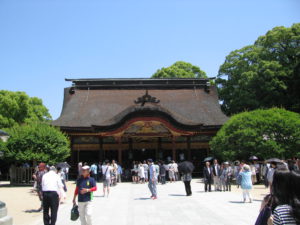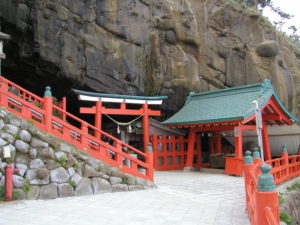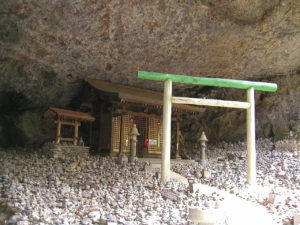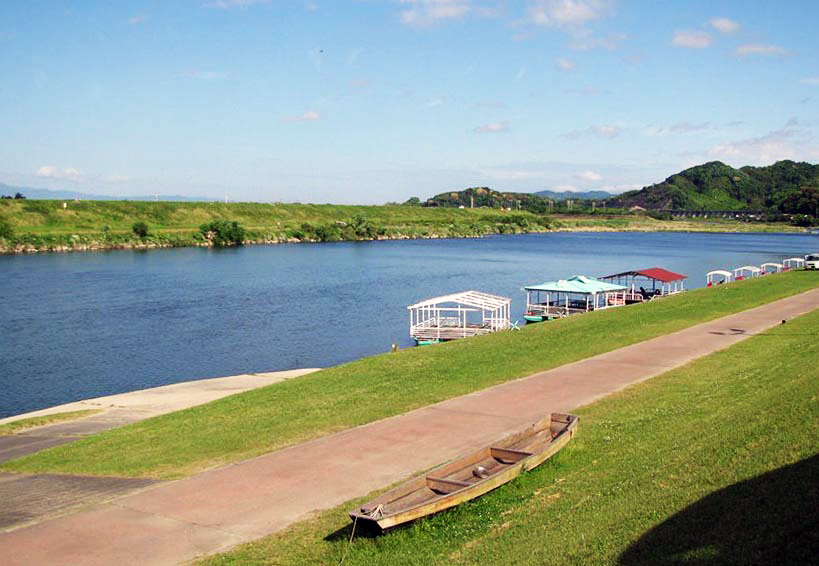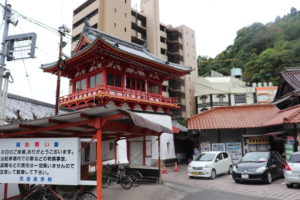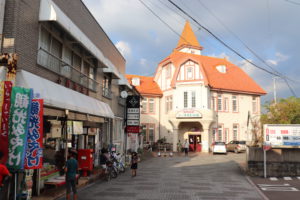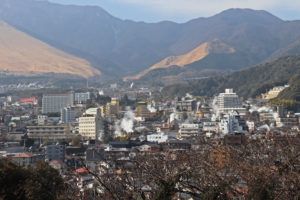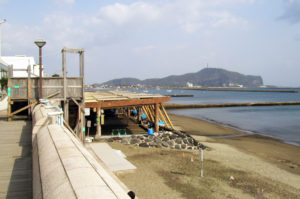Japanese religions
Why is Japanese religious orientation eclectic?
Japanese indigenous religion, Shinto, has no founder or written doctrine and places
a great emphasis on ancestor and nature worship.
Japanese with no strong religious beliefs consider religion as traditional customs handed
down from ancestors. This has developed great tolerance for other religions.
The other Japanese major religion, Buddhist, has the founder, but he was a human, not the absolute,
almighty god as that of Christianity or Islam.
This has also contributed to Japanese tolerance toward other religions.
Those are the reason why Japanese religious orientation is eclectic.
|
|
|
|
Onsen Resorts
In Japan, Onsen are the country’s hot springs and the bathing facilities and traditional inns
around them. Most Japanese love bathing in Onsen (hot springs), and many believe that the water
can cure certain ailments. There are many volcanoes around Japan, and therefore many Onsen.
Each Onsen is said to have its own healing property. Onsen resorts or hotels either use water from
actual spring or they boil mineral water. Onsen resorts have opened all over the country, and many
hotels have outside baths offering spectacular views. Public baths are also very common in Japan.
They generally have Jacuzzies, garden bathe, and saunas. At Onsen, people actually wash their
bodies before getting into the water. It is bad manners to use soap or towels in the bath itself.
Onsen Resorts in Kyushu
Kyushu is known for the best and most picturesque Onsen resorts in all of Japan.
The profusion of Onsen is due in part to Kyushu’s very landscape: it’s home to no less than
9 volcano groups that are responsible for creating the island’s thermal waters.
The featured Onsen Resorts
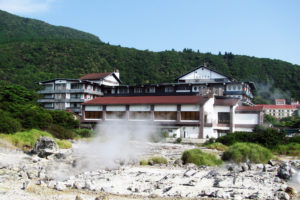 |
Located in the centre of Shimabara peninsula, at the southwest part of Mount Unzen with an altitude of 700m. It is started receiving foreign tourists around the year 1900 when Kaempfer and Siebold introduced the city to Europe and China. The area was the first area to be designated as a National Park in Japan in 1934. |
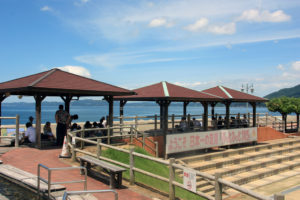 |
The area is also a part of Unzen, located at western foot of Mount Unzen.
About 30 Hotels and Japanese style accommodation are standing along
the Tachibana bay and there are 3 public baths where visitor can use.
|
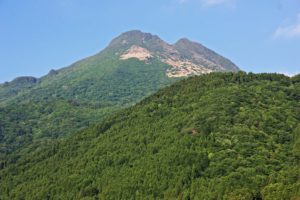 |
A beautiful and tranquil Onsen resort representing Kyushu. Yufuin is located about 15 km west of Beppu and is spreading in the Yufu basin at the mountain foot of Yufu. Onsen resort life can be enjoyed at the beautiful and tranquil place harmonized with nature in the basin of mountain hill area. |
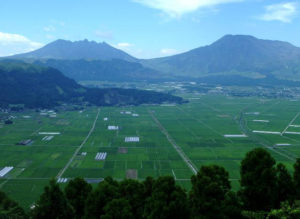 |
One of the must visit tourist destination in Kyushu. The world’s largest caldera and the active volcano Mount Aso give a lot of excitements. And numerous unforgettable experiences in the rural area can be made including Onsen, variety of sports and local cuisines. |
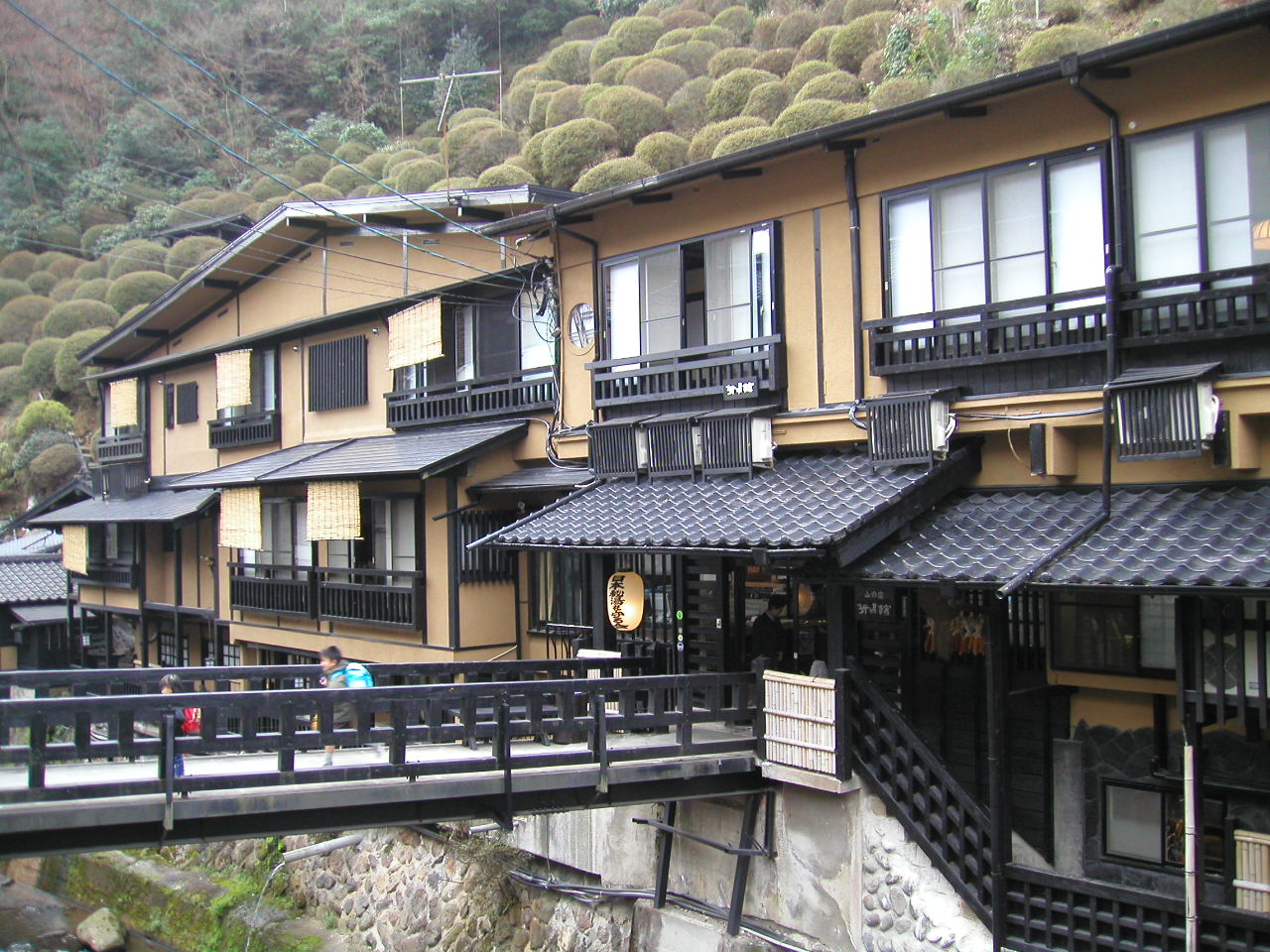 |
One of the most popular hot spring resort, located on the northern side of Mount Aso. Widely known for its open-air baths, it is one of the best places to enjoy the atmosphere of old town in Japan, where more than 20 Inns (Ryokan)and gift shops standing in a row along the Tanoharu River, a head stream of the Chikugo River. |
Home Tailor-made tours Study tours Christian Pilgrimage tours Golf tour Kyushu tour packages

